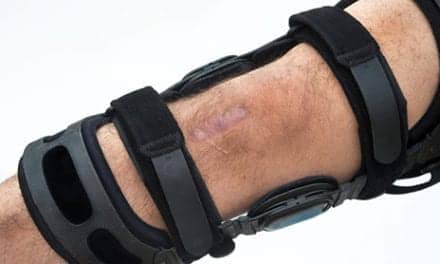A recent study investigates the accuracy of return-to-play criteria that is normally applied in young athletes, and whether that leads to any decreased risk of reinjury.
The study, from Cincinnati Children’s Hospital Medical Center, was presented recently at the American Orthopaedic Society for Sports Medicine’s Annual Meeting in San Diego, and received the STOP Sports Injuries Award during the meeting.
“The findings of our study suggest that current return to play measures may not correctly assess young patients who are at risk for a future injury,” says lead researcher, Mark Paterno, PhD, PT, MBA, ATC, from the Cincinnati Children’s Hospital Medical Center in Ohio.
“Additional work needs to be undertaken that can better identify, validate and incorporate clinically important measurements such as functional hop testing, strength testing and patient reported outcome scores into injury prevention strategies,” he adds.
Paterno and his team evaluated 159 individuals ranging in age from 13 to 25 years old. The participants all underwent a primary, unilateral ACL reconstruction, performed rehabilitation, and were released to continue to play pivoting/cutting sports. At the time the patients returned to sports, only 26% of the individuals met the standard return to play criteria at a >90 criterion level, which is considered “passing.”
They were tracked for a reoccurrence of a 2nd ACL injury for 24 months. Within this 2-year time frame 35 patients suffered a second ACL injury; 26 of the 35 occurred within the first 12 months after injury. Interestingly, there was no difference in the second injury rates when comparing those who met all current return to sport criteria and those who failed to meet all return to sport criteria, suggesting the current criteria are not identifying young athletes at high risk for future injury.
“Our results further highlight that there may be gaps in function, strength, movement quality, and psychological factors which relate to how frequently an adolescent reinjures their ACL. We hope that our work, along with many others, will help to better identify the relationship between these diverse factors as a better measure of readiness to safely return to sport,” Paterno says.
[Source(s): American Orthopaedic Society for Sports Medicine, Science Daily]





